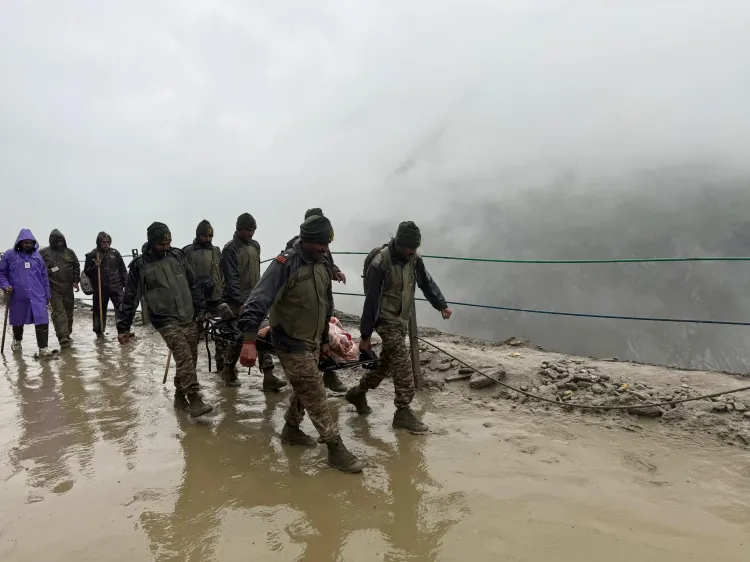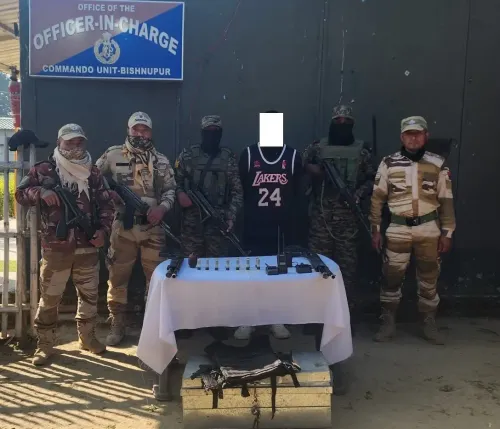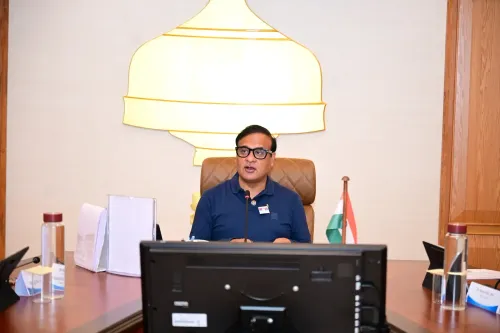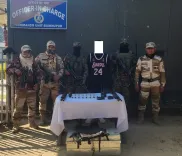How Did the Indian Army Rescue Pilgrims Stranded on the Amarnath Yatra Route in Kashmir?

Synopsis
Key Takeaways
- Indian Army's Swift Response: Quick mobilization to assist stranded Yatris.
- Humanitarian Aid: Provision of shelter, food, and medical care.
- Safety Measures: Rescue operations conducted for critically ill pilgrims.
- Continuous Monitoring: Army personnel remain on high alert due to ongoing weather conditions.
- Community Support: Langars provided essential meals and shelter for thousands.
New Delhi, July 17 (NationPress) Showcasing its steadfast dedication to humanitarian aid, the Indian Army swiftly intervened on Wednesday evening to assist hundreds of Amarnath Yatris who were stranded as a result of a landslide caused by incessant rainfall in the elevated areas of Jammu and Kashmir.
At approximately 7:15 p.m., a significant landslide occurred at Z Morh, located between Rayalpathri and Brarimarg, which led to the sudden halt of the Yatra proceedings.
This unexpected disruption left numerous pilgrims in perilous conditions amidst ongoing rain. In a prompt and well-coordinated effort, the Indian Army unit based at Brarimarg was activated within minutes.
About 500 Yatris were safely housed in Army tents, receiving tea and clean water to keep them comfortable and secure throughout the night. Concurrently, nearly 3,000 additional pilgrims found refuge in nearby langars that had been established between Brarimarg and Z Morh, which provided essential shelter and hot meals.
A particularly urgent case involved a critically ill pilgrim caught between two landslide-risk zones at Rayalpathri. Defying slippery terrains and harsh weather conditions, the Army’s Quick Reaction Teams (QRTs) conducted a manual stretcher evacuation. This patient was successfully rescued and taken to Rayalpathri, from where an ambulance was arranged for further medical care.
High-ranking officials, including the Camp Director at Brarimarg and the Company Commander of the Indian Army, were on-site overseeing the operations.
They have confirmed that the situation is currently stable and under control. Army personnel remain on high alert as light rain continues in the area. These rescue and relief efforts highlight the Indian Army's unwavering commitment and readiness to safeguard civilians in high-altitude and disaster-prone regions.
As the Amarnath Yatra continues amid unpredictable weather, the Army remains resolute, providing not only security but also life-saving assistance and compassion.
Once again, the Indian Army has established its role not merely as a military entity but as a steadfast source of strength for the nation, accompanying every pilgrim through each challenge they face.










